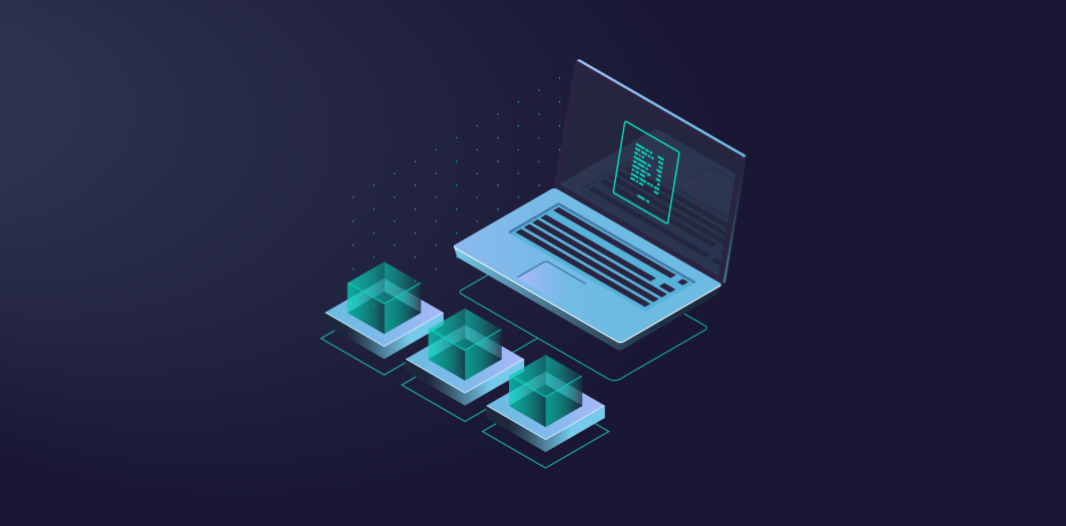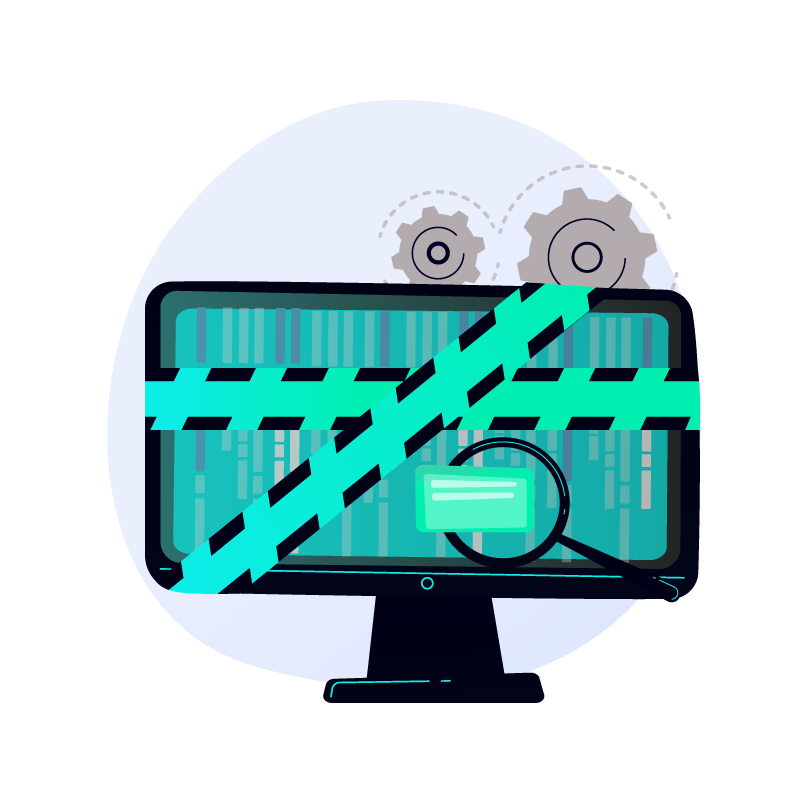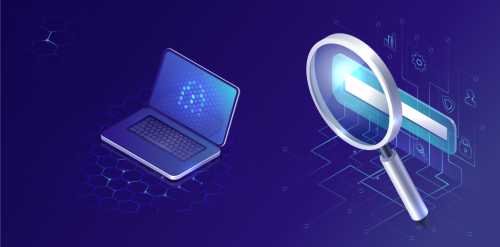
Safeguarding API Ecosystems: OWASP Top 10 API Security Risks for 2023
As the digital landscape increasingly relies on Application Programming Interfaces (APIs), the need for fortified API security measures gets more pronounced. That's why the Open Web Application Security Project (OWASP) regularly updates its list of top API security risks to educate and help organizations to shield their digital assets. This article will explore the top 10 API security risks according to OWASP in 2023 and their potential impact on API security.
API1:2023 Broken Object Level Authorization (BOLA)
This threat refers to the improper enforcement of authorization checks on object-level operations.
APIs often expose endpoints that handle object identifiers, creating a broad attack surface for Object Level Access Control issues. Without thought-out authorization checks at the object level, a hacker can manipulate the ID of an object sent in the request and get unauthorized access to sensitive data.
Curtailing this risk requires every function interacting with a data source via user-provided IDs to incorporate meticulous object-level authorization checks.

API2:2023 Broken Authentication
This threat encompasses vulnerabilities in the authentication process, such as weak passwords, session management flaws, or inadequate implementation of multi-factor authentication. Flawed authentication mechanisms severely compromise API security, enabling attackers to compromise authentication tokens or assume other users' identities. Organizations must ensure the correct implementation of authentication protocols to safeguard against unsanctioned access.
API3:2023 Broken Object Property Level Authorization
This risk combines the issues addressed in API3:2019 Excessive Data Exposure and API6:2019 Mass Assignment, focusing on their root cause: the lack of or improper authorization validation at the object property level. If an API fails to enforce proper authorization checks on individual properties, attackers can access or manipulate sensitive data within an object.
Proper authorization validation at the object property level is mandated to avoid data leaks or unauthorized modifications by malicious parties.
API4:2023 Unrestricted Resource Consumption
API requests use various resources, such as network bandwidth, CPU, memory, and storage. On top of that, integrations with third-party services, such as email, SMS, or biometrics, can be paid per request.
If APIs don't implement mechanisms to limit resource consumption, attackers can overwhelm an API with excessive requests and resource consumption. It can lead to increased operational costs, denial of service, or performance degradation for legitimate users. Having safeguards to limit resource consumption and monitoring API usage is crucial.
API5:2023 Broken Function Level Authorization
This threat occurs when an API fails to verify if the user or client has the necessary permissions to access specific functions or operations. This can allow unauthorized users to perform actions they shouldn't be able to and potentially access sensitive data or perform malicious activities.
It usually becomes possible because of complex access control policies and unclear separation between administrative and regular functions, so implementing robust access control mechanisms with clear hierarchies and separation of privileges is essential to mitigate this risk.
API6:2023 Unrestricted Access to Sensitive Business Flows
Some APIs expose business flows without considering the potential harm caused if the access to functionality is abused. If an API doesn't restrict access to the flow, e.g., allows to purchase a whole stock of the product in an online shop, attackers can spam the system with automated requests, access sensitive information, and damage or disrupt the flow with unauthorized actions.
Organizations should implement appropriate access controls and rate-limiting measures to restrict access to sensitive functionality and prevent excessive use or abuse.
API7:2023 Server-Side Request Forgery (SSRF)
Server-Side Request Forgery occurs when an API fetches remote resources upon a request without validating URLs in it and allows the attacker to change the URL in the request. By manipulating requests, an attacker can bypass security controls, access sensitive information, or send crafted requests on behalf of the API to unexpected destinations, even when protected by firewalls or VPNs.
Implementing proper input validation and sanitization is crucial to prevent SSRF attacks.
To prevent SSRF attacks, implement strict input validation, whitelist allowed URLs or IP addresses, and isolate critical internal resources through network segmentation and access controls.

API8:2023 Security Misconfiguration
APIs and the systems supporting them often involve complex configurations to enhance customization. However, developers may overlook security best practices, leading to using default or weak API configurations, unnecessary features enabled, or improper access controls.
Attackers can exploit these misconfigurations to gain unauthorized access, manipulate data, or perform other malicious activities. To circumvent this, organizations should adhere to security best practices, perform regular security audits, and vigilantly monitor and update configurations.
API9:2023 Improper Inventory Management
Organizations using an extended and interconnected web of APIs must have a good understanding and visibility of their own APIs and API endpoints, their versions, and how they store or share data with external third parties. Otherwise, using outdated or vulnerable APIs and lack of visibility into the APIs' security state increase exposure to attacks targeting known vulnerabilities.
Proper inventory and documentation management of API endpoints, versions, dependencies, and regular patches, updates, and audits are critical to managing and securing the API ecosystem.
API10:2023 Unsafe Consumption of APIs
Sometimes developers give third-party APIs the benefit of the doubt, especially those provided by renowned companies, and employ weaker security standards. Usually, it results in improper validation or sanitization of input data, which, in turn, opens the door for injection attacks such as SQL injection or cross-site scripting (XSS), enabling attackers to execute malicious code or gain unauthorized access.
As attackers target integrated third-party services to compromise APIs indirectly, organizations should implement strong security measures while consuming third-party APIs, including input validation, data sanitization, and adherence to best practices.
Safekeep Your Systems with Connect-i's Expertise
Understanding and addressing these OWASP API security threats is paramount for protecting APIs, ensuring the integrity and confidentiality of data, and maintaining users' trust. Secure coding practices, proper access controls, input validation, encryption, and robust monitoring can help mitigate these threats and enhance the overall security of API implementations.
Connect-i can guide your organization in implementing robust security measures. By focusing on authentication, authorization, resource consumption, secure configurations, and proper inventory management, Connect-i stands ready to fortify and protect your digital assets.


